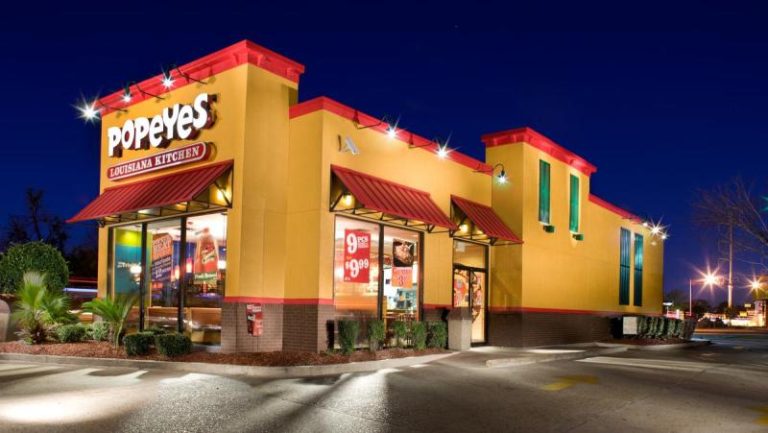How is the bankruptcy of an individual entrepreneur recognised?
Running any business is fraught with risks, and an entrepreneur can receive not only income, but also incur losses that do not allow him to continue his business.
This directly applies to individual entrepreneurs, who should be aware that there can be negative aspects in doing business, which sometimes lead to complete insolvency.
The insolvency of an individual entrepreneur lies in the lack of financial opportunities to pay off their debts with creditors, suppliers of products. And in this case, there is only one way out: to declare yourself bankrupt.
On what grounds is an individual entrepreneur recognized as bankrupt?
The main legislative act “On Bankruptcy” gives clear definitions in which cases an individual entrepreneur is declared bankrupt, which spells out the specifics of an individual entrepreneur’s bankruptcy before other legal entities:
- The entrepreneur does not have the financial means to meet the claims of his creditors
- The entrepreneur does not fulfill his obligation to transfer the main payments to the tax authorities and extra-budgetary funds
The bankruptcy procedure of an individual entrepreneur is not at all the same as it happens with legal entities, and the main criterion is the signs of bankruptcy :
- An individual entrepreneur does not transfer funds for mandatory payments for more than 90 days
- The amount of debts significantly exceeds the amount of the entrepreneur’s property
- The amount of claims exceeds 10 thousand rubles
And if all these signs are present, then only in this case it is possible to start the bankruptcy procedure, it is carried out by the arbitration court. To start legal proceedings, he submits an appropriate petition for bankruptcy of the individual entrepreneur to the arbitration court. The application must be accompanied by:
- Registration certificate of individual entrepreneur
- A detailed list of legal entities that the entrepreneur owes and the amount of debt
- The estimated value of the entrepreneur’s property
- Documentary evidence of the insolvency of the individual entrepreneur
But not only the entrepreneur himself can initiate the bankruptcy procedure, this can be done by his creditors and other interested persons who intend to collect his debts from the entrepreneur .
This bankruptcy procedure will allow credit institutions and authorities to reimburse the entrepreneur’s debt to them.
How is an individual entrepreneur bankruptcy procedure carried out?
It is worth noting that the term of bankruptcy of an individual entrepreneur can stretch for a long time, and the entrepreneur will not be able to immediately forget about his debts. It may seem that bankruptcy is a very convenient way to get out of your debts, but this is far from the case. The bankruptcy procedure itself is sometimes even more expensive than the financial debts of an entrepreneur.
After filing an application with the arbitration court, the court will study all the important circumstances that led to such a state of the individual entrepreneur. Then the court will issue rulings on the appointment of health procedures in relation to the business:
- Proposes to conclude an amicable agreement on the repayment of all debts to creditors and government agencies
- Nominates itself for bankruptcy proceedings
- Creates a supervisory board that will improve the financial capabilities of the enterprise
- Introduces external management of production activities, which allows the introduction of a moratorium on the claims of credit institutions.
The last two procedures are applied by the court for individual entrepreneurs who are engaged in farming.
When an individual entrepreneur with debts goes bankrupt, the entrepreneur can simultaneously provide the court with the approximate terms of repayment of all debts in the form of a plan. It should find a display of the maturity dates for each credit institution or other organization to whom the SP owes. There is also the amount that the entrepreneur needs to support his family and himself.
If the court finds grounds for such an action by the entrepreneur, the bankruptcy process is suspended for up to 90 days. And if an entrepreneur has fulfilled all his obligations to pay off debts, then the court has the right to terminate the bankruptcy case.
IP bankruptcy procedure
If all of the above measures did not give a positive result, and the payment obligations were not fulfilled, then the court makes a decision on declaring the individual entrepreneur bankrupt. After that, the court appoints a competition commission, which will sell the property of the entrepreneur. The proceeds from the sale of property are distributed as follows:
- Obligatory payments for the entrepreneur’s alimony
- Payments for compensation for harm to life and health of employees
- Payments of wages and individual labor contracts
- Repayment of credit obligations of an entrepreneur
But not all the property of an entrepreneur can be sold. Legally it does not include:
- The only living quarters of the entrepreneur and his family members
- Household appliances that cannot be luxury and expensive
- Personal belongings, other than jewelry, which qualify as luxury
- All equipment that is necessary for the implementation of labor activities
- Livestock and pens for it, which are not used for labor and are the main species for obtaining food for the debtor
- Heating means, which are necessary to maintain the desired temperature for comfortable living in a residential area during the cold season
- Rehabilitation means, which also include special vehicles that are used by citizens with disabilities
- Prizes and other awards received by the entrepreneur
All other property that does not fall into these categories is subject to sale at auction. Upon completion of sales and receipt of proceeds, the entrepreneur is no longer obliged to answer for his debts, except for personal debts.
After the court renders a decision on declaring the entrepreneur bankrupt, the court annuls all licenses issued to the entrepreneur for carrying out his activities, permits and permits for carrying out certain entrepreneurial activities.
How is bankruptcy carried out if there is no property of an individual entrepreneur?
Since an individual entrepreneur is an individual, he will also be responsible for his debts with all the property that he has: shares in a privatized apartment, a summer cottage, a car or garage, and cash in the bank. The law establishes the continuity of debts, that is, if an entrepreneur dies, then his heirs will be responsible for his debts.
There are situations when an entrepreneur feels that his business is approaching collapse, and he urgently re-registers his property to third parties, and according to the documents, he does not have any property.
So, you should warn that if you intend to transfer your property to another person, then during bankruptcy proceedings, all these transactions are invalidated if they were carried out 3 years before you were declared bankrupt . And the property will be yours, on which a penalty will be imposed, so you should not cheat with this.
What conclusion can be drawn if an individual entrepreneur is declared bankrupt?
Before filing an application for declaring an individual entrepreneur bankrupt, a careful calculation should be made of how much it can cost the initiator if the entrepreneur does not have property that can be foreclosed. After all, you will have to pay legal costs, and the funds that will be spent on the manager and bankruptcy proceedings.
And after the arbitration court renders a decision to declare an individual entrepreneur bankrupt, its founder will not be able to register as a new individual entrepreneur for a year. Such a mechanism allows an entrepreneur with credit debts to solve many financial problems that have arisen in the course of his labor activity. The procedure itself is lengthy, and to a greater extent affects the business reputation, which may negatively affect the further conduct of business.




